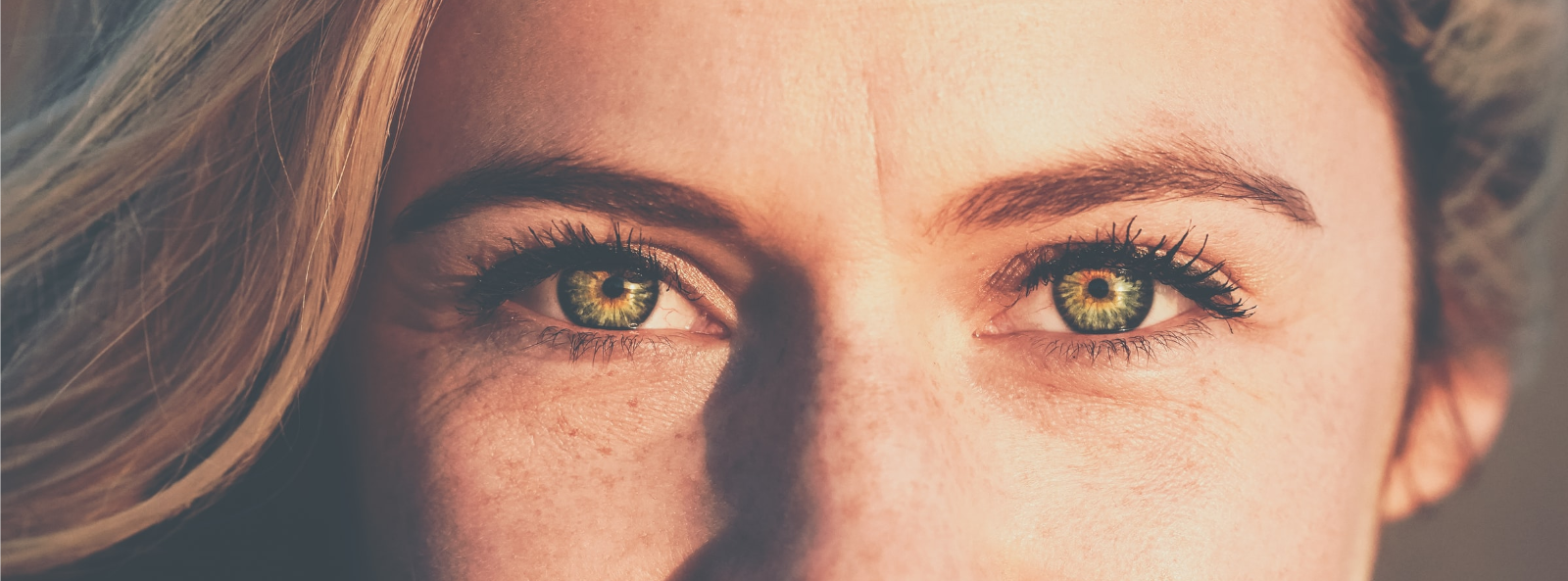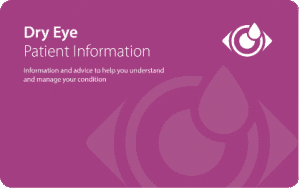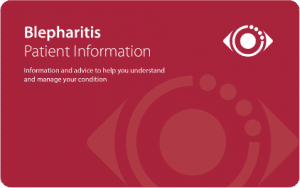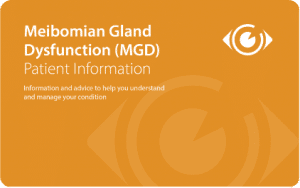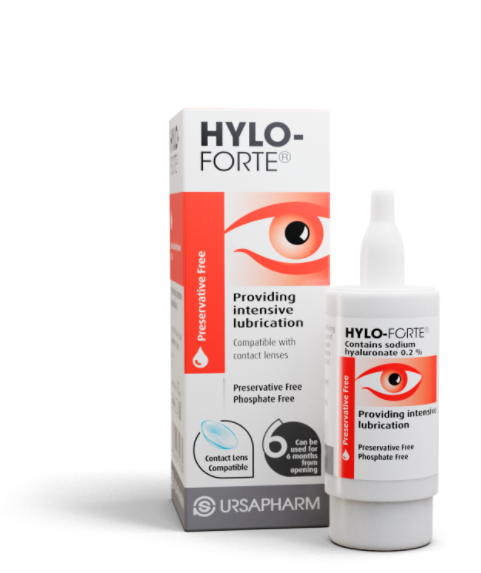It is important to take care of your eye health, particularly as we age, when we become more susceptible to eye health conditions, such as Dry Eye Disease, Blepharitis, MGD affecting the surface of the eyes and the eyelids, and conditions affecting the back of the eye such as Age Related Macular degeneration.

What is Dry Eye?
Dry Eye is a common condition which becomes more common as we age. It occurs when there is an insufficient volume and/or quality of tears to keep the surface of the eye sufficiently lubricated.
Dry Eye can be caused by many factors including:
- Contact lens wear
- Anti-histamine and some other medications
- Environmental conditions such as air conditioning in cars, offices and airplanes
- Increased tablet, phone or PC use
- Age related Dry Eye
- Poor diet and dehydration
Signs and symptoms of Dry Eye include:
- Paradoxic tearing
- Sandy or gritty eyes
- Stinging or burning eyes
- Redness
- Contact lens discomfort
Find out more in our patient information leaflet:
What is Blepharitis?
Blepharitis is a chronic inflammatory condition of the eyelids and is caused by a build-up of bacteria on the eyelid margin. Establishing daily lid hygiene is key to the management of Blepharitis.
Find out more in our patient information leaflet:
What is Meibomian Gland Dysfunction?
Meibomian Gland Dysfunction (MGD) is a chronic disease caused by obstruction of the secretory meibomian glands, the glands in your eyelids which produce Meibum. Meibum is an oil which covers your tearfilm, which helps protect your tearfilm from evaporation. If you have MGD your meibum production can decrease resulting in faster evaporation of the tear film and thus Evaporative Dry Eye.
Find out more in our patient information leaflet:
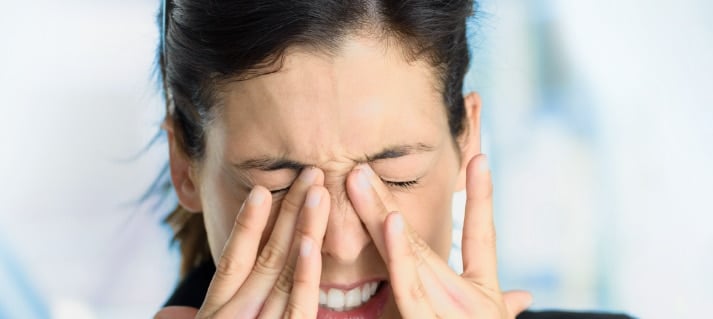
How can we take care of the surface of the Eye
Here are our top tips to maintain a healthy tear film. Always consult your Health Care Professional if symptoms persist. Here are the Top Tips to relieve symptoms of Dry Eye.
Blinking
Every time you blink you produce new tears, with screen time on the increase we don’t blink enough. Taking regular breaks from your computer, phone or tablet and being conscious of how often you blink is a great way to reduce your symptoms!
Preservative Free
Using preservative free products is important for effective relief of dry eye symptoms. Preservatives can cause further irritation to the surface of the eye. When shopping for dry eye products look for preservative free on the label!
Heat
Applying a heated eye mask to closed eyelids for 10 minutes, can help soften the clogged oils in the eyelid glands. This allows the oils to flow more freely and helps prevent the tears from evaporating from the surface of the eye.
Massage
Following the heated eye mask, gently massage the eyelids using your forefinger. Massaging will help to push the oil out from the eyelid glands.
Cleanse
Cleansing your eyelids daily will help remove debris, bacteria and oil that can often lead to Blepharitis, MGD or Dry Eye symptoms. Lid scrubs and wipes are usually pre-soaked in a cleansing solution and ready to use.
Hydrate
Health Care Professionals recommend the use of preservative free eye lubricants and sprays which have shown to be more effective than preserved eye drops or ointments in reducing inflammation on the eyes. Tear replacement with eye drops, sprays or ointments are traditionally considered a mainstay of Dry Eye management, however it is recommended these are used in conjunction with other therapies to target the underlying causes of Dry Eye.
Diet
Health Care Professionals recommend a diet rich in Omega-3 Fatty Acids and/or the use of nutritional supplements to help manage Dry Eye Disease. Your eye specialist can suggest a suitable supplement for you.

Dry Eye in Children
Dry Eye is something that most of us associate with aging, but did you know that dry eye can affect anyone and that symptoms of dry eye are on the increase in younger age groups?
It is important that we watch out for the signs and symptoms of dry eye in children as often they can be easily missed or mistaken for something else.
Scope have developed some educational material designed for children to understand their eyes. Click here for more information.


